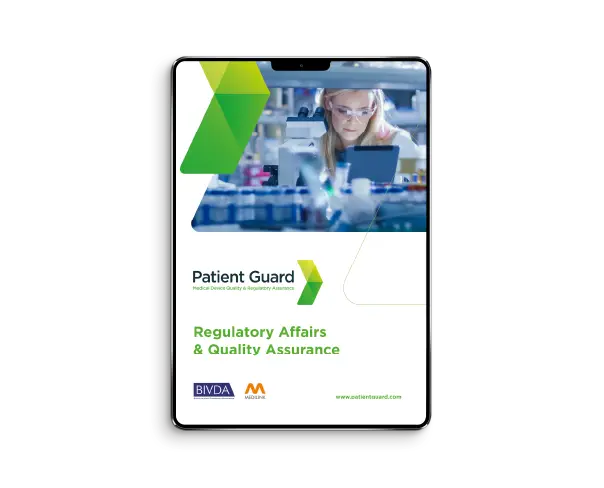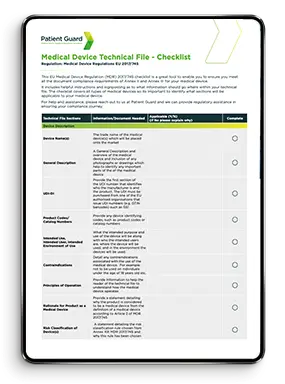Global Registration of Medical Devices and IVDs
Medical device registration is an essential part of commercialising your medical device or IVD. First requires you to obtain registration and approval from regulatory agencies in each country where you plan to sell your device. Device registration requirements can vary significantly from country to country, which can create compliance challenges for companies pursuing multiple-market strategies.
Depending on where you plan to sell your device(s), successful registration may involve a substantial effort to meet premarket technical and clinical submission requirements or leveraging your existing registrations and approvals to gain faster access to new markets.
United Kingdom - Medical Device and IVD Registration
Medical devices and IVDs are essential instruments that help healthcare professionals to diagnose, treat, and monitor patients. They are regulated to ensure their safety and effectiveness, and one of the most important regulatory processes for medical devices is registration. In the United Kingdom, medical device registration is overseen by the Medicines and Healthcare Products Regulatory Agency (MHRA). In this article, we will explore what medical device registration in the UK entails.
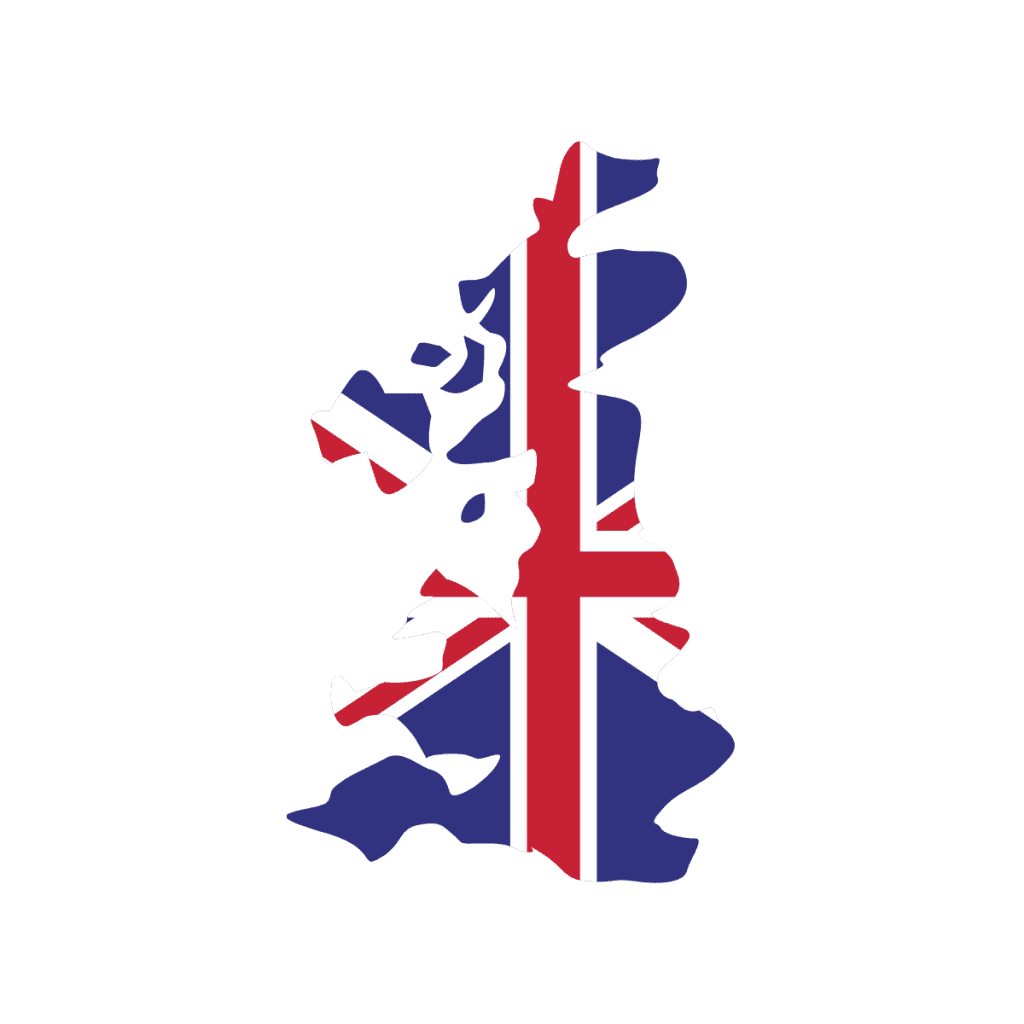
What is medical device & IVD registration?
Medical device registration is the process of formally documenting a medical device with a regulatory body. The regulatory body reviews and assesses the device to ensure that it meets all the necessary requirements before allowing it to be marketed and sold. The process is crucial in ensuring that medical devices are safe, effective, and meet the needs of patients.
Why is medical device & IVD registration necessary?
Medical device and IVD registration is necessary to protect patients and ensure that medical devices are safe and effective. Without registration, there would be no way to guarantee the quality and safety of medical devices. Medical device registration is also necessary to ensure that the devices meet regulatory requirements and comply with local laws and regulations.
Who needs to register their medical device or IVD?
All manufacturers of medical devices and IVDs, must register their devices with the MHRA. This includes any company that plans to market or sell medical devices in the UK, whether they are based in the UK or overseas. Companies that are not based in the UK are required to have a UK Responsible Person (UKRP), to register with the MHRA on their behalf.
What are the types of medical device & IVD registration in the UK?
There are three types of medical device registration in the UK:
UKCA (UK Conformity Assessed) marking: This is the new UK marking that is required for medical devices to be sold in the UK. UKCA marking replaced the CE marking following the UK’s exit from the European Union. The UKCA marking indicates that the device complies with UK regulations.
CE marking: This marking indicates that the medical device conforms to the requirements of the European Union’s medical device regulations. The CE marking is still accepted in the UK currently.
Northern Ireland Protocol marking: This marking is required for medical devices that are placed on the Northern Ireland market. It indicates that the device conforms to EU regulations.
What is the process for medical device & IVD registration in the UK?
The process for medical device registration in the UK depends on the type of device and the risk classification of the device. The risk classification of a device determines the level of scrutiny that the device will undergo during the registration process.
Low-risk devices, such as tongue depressors, typically do not require registration. Medium-risk devices, such as hearing aids, require a self-certification process, where the manufacturer confirms that the device meets the necessary requirements. High-risk devices, such as pacemakers, require a more rigorous assessment, including clinical trials and expert review.
In general, the process for medical device registration in the UK involves the following steps:
Determine the device risk classification:
The manufacturer or importer must determine the risk classification of the device.
Prepare the technical documentation:
The manufacturer or importer must prepare technical documentation that demonstrates that the device meets the necessary requirements.
Submit the application:
The manufacturer or importer must submit the application for registration to the MHRA.
Review and assessment:
The MHRA reviews and assesses the application to determine if the device meets the necessary requirements.
Granting of registration:
If the device meets the necessary requirements, the MHRA will grant registration and issue the appropriate marking.
Summary
In conclusion, medical device and IVD registration is a crucial process that ensures the safety and effectiveness of medical devices in the UK. The process involves determining the risk classification of the device, preparing technical documentation, submitting the application, and undergoing review and assessment by the MHRA. The different types of registration marking in the UK include UKCA marking, CE marking.
UK Notified Bodies for UKCA marking
MHRA Registration Portal
Europe (EU) - Medical Device & IVD Registration
Medical devices and IVDs are regulated in the European Union (EU) to ensure their safety and effectiveness. One of the most important regulatory processes for medical devices is registration. In this article, we will explore what medical device registration in the EU entails.
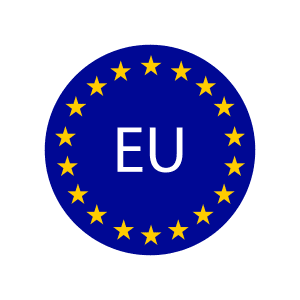
What is medical device & IVD registration?
Medical device and IVD registration is the process of formally documenting a medical device with a regulatory body. The regulatory body reviews and assesses the device to ensure that it meets all the necessary requirements before allowing it to be marketed and sold. The process is crucial in ensuring that medical devices are safe, effective, and meet the needs of patients.
Why is medical device & IVD registration necessary?
Medical device and IVD registration is necessary to protect patients and ensure that medical devices are safe and effective. Without registration, there would be no way to guarantee the quality and safety of medical devices. Medical device registration is also necessary to ensure that the devices meet regulatory requirements and comply with local laws and regulations.
Who needs to register their medical device or IVD?
All manufacturers of medical devices and IVDs, as well as importers and distributors, must register their devices with the relevant regulatory body in the EU. This includes any company that plans to market or sell medical devices in the EU, whether they are based in the EU or overseas.
What are the types of medical device registration in the EU?
There are two types of medical device & IVD registration in the EU:
- CE marking: This marking indicates that the medical device conforms to the requirements of the European Union’s medical device regulations. The CE marking is mandatory for all medical devices that are marketed or sold in the EU.
- National registration: Some EU member states may require additional national registration for certain categories of medical devices. For example, in Germany, some medical devices require additional registration with the Federal Institute for Drugs and Medical Devices (BfArM).
What is the process for medical device and IVD registration in the EU?
The process for medical device registration in the EU depends on the risk classification of the device. The risk classification of a device determines the level of scrutiny that the device will undergo during the registration process.
Low-risk devices, such as bandages, typically do not require registration. Medium-risk devices, such as hearing aids, require a self-certification process, where the manufacturer confirms that the device meets the necessary requirements. High-risk devices, such as pacemakers, require a more rigorous assessment, including clinical trials and expert review.
In general, the process for medical device registration in the EU involves the following steps:
Determine the Device Risk Classification
Determine the device risk classification: The manufacturer or importer must determine the risk classification of the device.
Prepare the Technical Documentation
Prepare the technical documentation: The manufacturer or importer must prepare technical documentation that demonstrates that the device meets the necessary requirements.
Identify the Relevant Conformity Assessment Procedure
Identify the relevant conformity assessment procedure: The manufacturer or importer must identify the relevant conformity assessment procedure based on the risk classification of the device. There are four conformity assessment procedures: self-certification, conformity assessment by a notified body, EU-type examination, and full quality assurance system.
Conformity Assessment
Conformity assessment: The manufacturer or importer must undergo a conformity assessment to demonstrate that the device meets the necessary requirements. This may involve testing, documentation review, and/or expert review.
Declaration of Conformity
Declaration of conformity: The manufacturer or importer must issue a declaration of conformity that confirms that the device meets the necessary requirements.
CE marking
CE marking: The manufacturer or importer must affix the CE marking to the device to indicate that it meets the necessary requirements.
Summary
In conclusion, medical device registration is a crucial process that ensures the safety and effectiveness of medical devices in the EU. The process involves determining the risk classification of the device, preparing technical documentation, undergoing conformity assessment, and issuing a declaration of conformity and CE marking. All manufacturers of medical devices, as well as importers and distributors, must register their devices with the relevant regulatory body in the EU.
EU Notified Body's for CE marking
EUDAMED Portal
USA - Medical Device and IVD Registration
Medical devices and IVDs are regulated in the United States (USA) to ensure their safety and effectiveness. One of the most important regulatory processes for medical devices is registration. In this article, we will explore what medical device registration in the USA entails.

What is medical device and IVD registration?
Medical device and IVD registration is the process of formally documenting a medical device with a regulatory body. The regulatory body reviews and assesses the device to ensure that it meets all the necessary requirements before allowing it to be marketed and sold. The process is crucial in ensuring that medical devices are safe, effective, and meet the needs of patients.
Why is medical device and IVD registration necessary?
Medical device registration is necessary to protect patients and ensure that medical devices are safe and effective. Without registration, there would be no way to guarantee the quality and safety of medical devices. Medical device registration is also necessary to ensure that the devices meet regulatory requirements and comply with local laws and regulations.
Who needs to register their medical device or IVD ?
All manufacturers of medical devices, as well as importers and distributors, must register their devices with the relevant regulatory body in the USA. This includes any company that plans to market or sell medical devices in the USA, whether they are based in the USA or overseas.
What are the types of medical device and IVD registration in the USA?
There are two main types of medical device registration in the USA:
510(k) clearance: This clearance is granted by the US Food and Drug Administration (FDA) for medical devices that are substantially equivalent to a legally marketed device. The 510(k) clearance process is typically used for low to moderate-risk devices.
Premarket approval (PMA): This approval is granted by the FDA for medical devices that are high-risk or that have not been cleared through the 510(k) process. The PMA process involves a more rigorous assessment, including clinical trials and expert review.
What is the process for medical device or IVD registration in the USA?
The process for medical device registration in the USA depends on the type of clearance or approval being sought.
510(k) clearance process
Determine the device classification: The manufacturer or importer must determine the device classification based on the risk level of the device.
Identify a predicate device: The manufacturer or importer must identify a legally marketed device that is similar to the device being submitted for clearance.
Prepare a 510(k) submission: The manufacturer or importer must prepare a 510(k) submission that demonstrates that the device is substantially equivalent to the predicate device.
Submit the 510(k) submission: The manufacturer or importer must submit the 510(k) submission to the FDA for review.
Receive clearance: If the FDA determines that the device is substantially equivalent to the predicate device, the device will receive 510(k) clearance.
Premarket approval (PMA)
Prepare a PMA submission: The manufacturer or importer must prepare a PMA submission that includes detailed information about the device, including clinical data and manufacturing information.
Submit the PMA submission: The manufacturer or importer must submit the PMA submission to the FDA for review.
Receive approval: If the FDA determines that the device is safe and effective, the device will receive PMA approval.
Summary
In conclusion, medical device registration is a crucial process that ensures the safety and effectiveness of medical devices in the USA. The process involves determining the device classification, identifying a predicate device or preparing a PMA submission, and submitting the relevant documentation to the FDA for review. All manufacturers of medical devices, as well as importers and distributors, must register their devices with the relevant regulatory body in the USA. The 510(k) clearance process is typically used for low to moderate-risk devices, while the PMA process is used for high-risk or novel devices.
FDA Information Links
Rest of The World
Medical device registration is a critical process that ensures the safety and effectiveness of medical devices in countries around the world. The process may vary from country to country, but the primary objective remains the same: to ensure that medical devices meet regulatory requirements and are safe for patients to use.
In this article, we will explore medical device registration in countries outside of the USA, Europe, and the UK.
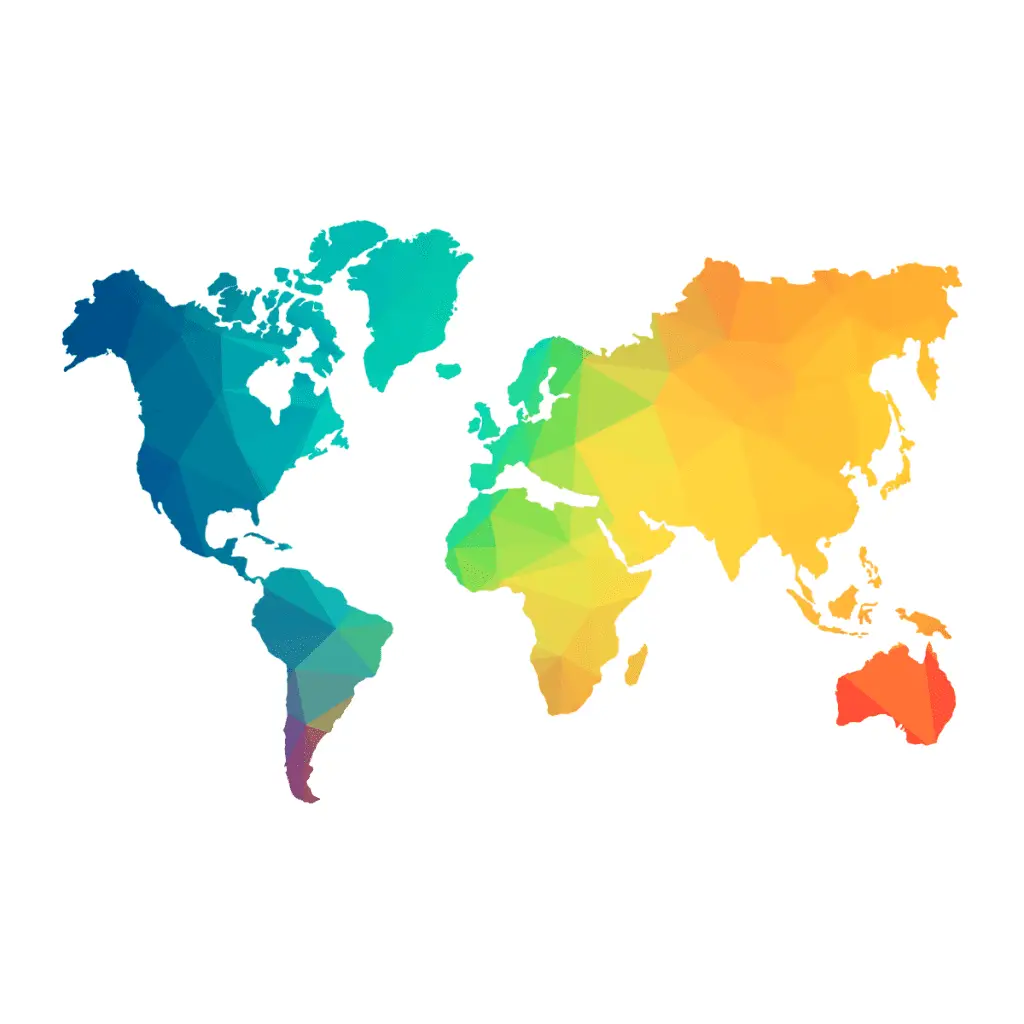
Africa
In Africa, medical device registration is primarily governed by each country’s regulatory body. Countries such as South Africa and Egypt require medical devices to be registered with their respective regulatory agencies before they can be marketed and sold.
In South Africa, the South African Health Products Regulatory Authority (SAHPRA) is responsible for regulating medical devices. Medical devices must be registered with the SAHPRA before they can be sold in the country. The registration process involves the submission of technical documentation and clinical data to the SAHPRA.

In Egypt, the Egyptian Drug Authority (EDA) is responsible for regulating medical devices. Medical devices must be registered with the EDA before they can be sold in the country. The registration process involves the submission of technical documentation and clinical data to the EDA.
Asia
In Asia, medical device registration is primarily governed by each country’s regulatory body. Countries such as China, Japan, South Korea, and Singapore require medical devices to be registered with their respective regulatory agencies before they can be marketed and sold.
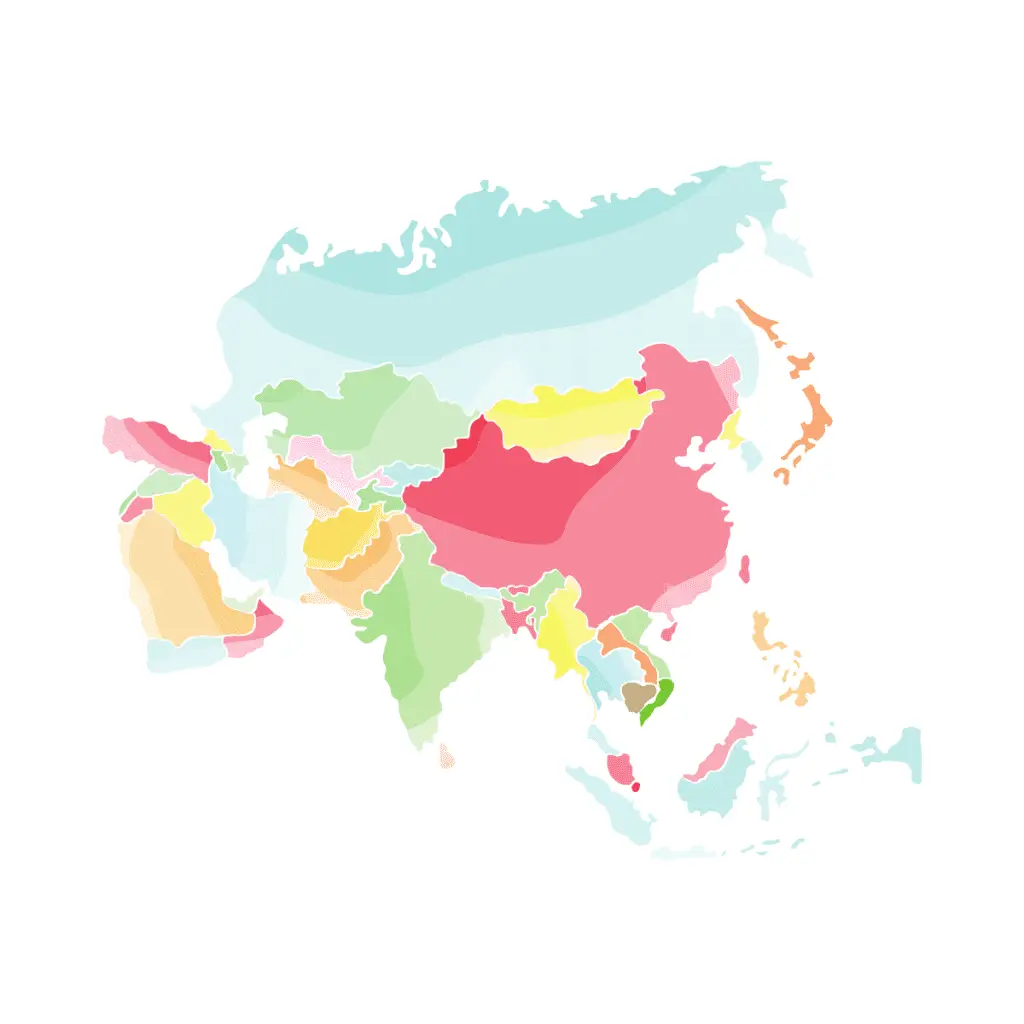
China
In China, the National Medical Products Administration (NMPA) is responsible for regulating medical devices. Medical devices must be registered with the NMPA before they can be sold in the country. The registration process involves the submission of technical documentation and clinical data to the NMPA.
Japan
In Japan, the Pharmaceuticals and Medical Devices Agency (PMDA) is responsible for regulating medical devices. Medical devices must be registered with the PMDA before they can be sold in the country. The registration process involves the submission of technical documentation and clinical data to the PMDA.
South Korea
In South Korea, the Ministry of Food and Drug Safety (MFDS) is responsible for regulating medical devices. Medical devices must be registered with the MFDS before they can be sold in the country. The registration process involves the submission of technical documentation and clinical data to the MFDS.
Singapore
In Singapore, the Health Sciences Authority (HSA) is responsible for regulating medical devices. Medical devices must be registered with the HSA before they can be sold in the country. The registration process involves the submission of technical documentation and clinical data to the HSA.
Middle East
In the Middle East, medical device registration is primarily governed by each country’s regulatory body. Countries such as Saudi Arabia, the United Arab Emirates, and Qatar require medical devices to be registered with their respective regulatory agencies before they can be marketed and sold.
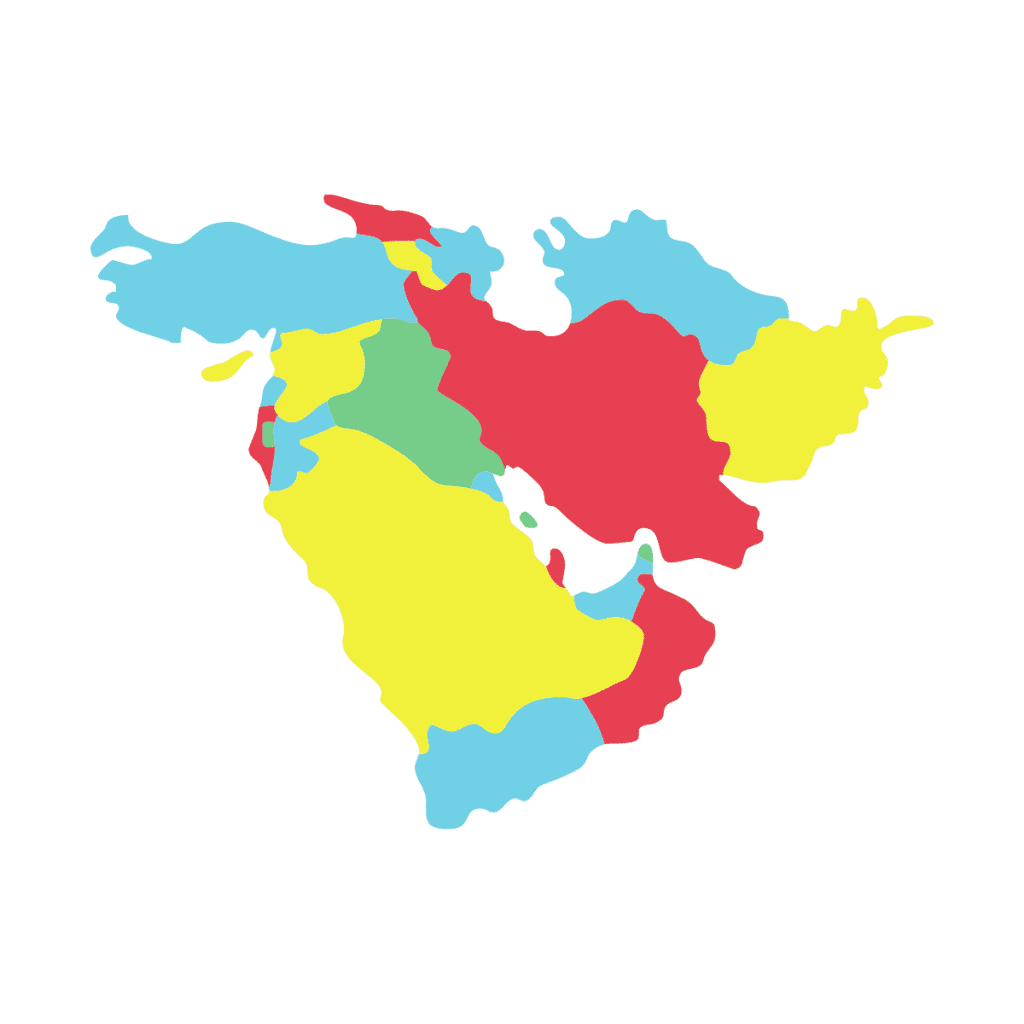
Saudi Arabia
In Saudi Arabia, the Saudi Food and Drug Authority (SFDA) is responsible for regulating medical devices. Medical devices must be registered with the SFDA before they can be sold in the country. The registration process involves the submission of technical documentation and clinical data to the SFDA.
United Arab Emirates
In the United Arab Emirates, the Emirates Authority for Standardization and Metrology (ESMA) is responsible for regulating medical devices. Medical devices must be registered with the ESMA before they can be sold in the country. The registration process involves the submission of technical documentation and clinical data to the ESMA.
Qatar
In Qatar, the Ministry of Public Health is responsible for regulating medical devices. Medical devices must be registered with the Ministry of Public Health before they can be sold in the country. The registration process involves the submission of technical documentation and clinical data to the Ministry of Public Health.
Summary
In conclusion, Medical device registration is an essential process that ensures the safety and effectiveness of medical devices around the world. While the process may vary from country to country, the primary objective remains the same.
FAQs
Global registration is the process of obtaining regulatory approval for medical devices and in vitro diagnostic (IVD) products in different countries. It involves meeting the specific requirements of local regulatory authorities to ensure product safety, efficacy, and quality.
Why it matters: Without proper registration, manufacturers cannot legally market or distribute their medical devices and IVDs in target regions.
- European Union (EU): Governed by the Medical Device Regulation (MDR 2017/745) and In Vitro Diagnostic Regulation (IVDR 2017/746). Devices require CE marking.
- United States (US): The FDA regulates medical devices and IVDs under 21 CFR 807 (premarket notification/510(k)) or 21 CFR 814 (PMA).
- United Kingdom (UK): Devices and IVDs require UKCA marking under the UK Medical Device Regulations.
- Australia: Regulated by the Therapeutic Goods Administration (TGA).
- Canada: Overseen by Health Canada under the Medical Devices Regulations.
- China: Managed by the National Medical Products Administration (NMPA).
Key insight: Each region has unique requirements for documentation, testing, and post-market obligations.
- Medical Devices: Focus on safety, performance, and risk classification. Higher-risk devices (e.g., implants) require clinical evaluations and third-party reviews.
- IVDs: Require performance evaluations, including analytical and clinical validation, to ensure diagnostic accuracy.
Key takeaway: IVDs typically face stricter requirements for evidence of diagnostic validity, especially under the IVDR and FDA regulations.
- Technical Documentation: Including device description, specifications, and design information.
- Risk Management File: Compliant with ISO 14971.
- Clinical or Performance Evaluation Reports (CER or PER): For safety and efficacy validation.
- Quality Management System (QMS): ISO 13485 certification is often required.
- Labeling and IFU: Local language and regulatory-specific requirements.
- Declaration of Conformity: For CE or UKCA marking.
Pro tip: Tailoring your documentation to meet the specific requirements of each region avoids delays in approvals.
- Regulatory Variability: Different standards and classification rules across countries.
- Stringent Evidence Requirements: Especially for high-risk devices and IVDs under MDR, IVDR, or FDA.
- Language Barriers: Documentation and labeling must often be translated into local languages.
- Post-Market Obligations: Varying surveillance, adverse event reporting, and vigilance requirements.
Solution: Collaborating with experienced regulatory consultants simplifies the process and minimizes risks.
Yes! Patient Guard provides comprehensive support for medical device and IVD registration, including:
- Preparing technical and clinical documentation for CE marking, FDA, UKCA, and other approvals.
- Assisting with device and IVD classification and regulatory strategy.
- Acting as an EU Authorized Representative or UK Responsible Person for non-EU/UK manufacturers.
- Managing performance evaluation and clinical validation requirements for IVDs.
- Ensuring post-market surveillance and vigilance compliance.
Why choose Patient Guard: With expertise in global regulatory frameworks and a track record of over 500 successful projects, we streamline the registration process and help you achieve market access efficiently.

